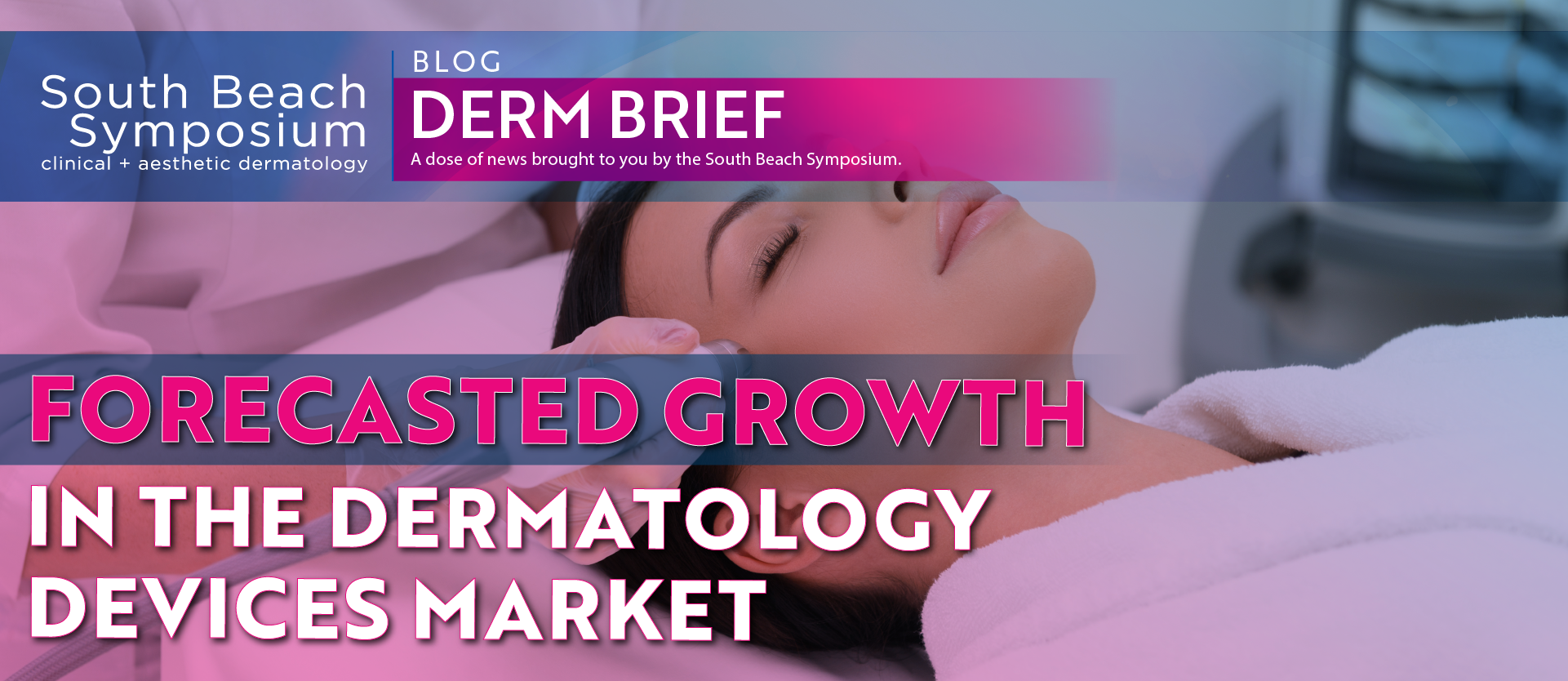Additionally, the skin cancer segment growth within dermatology devices market is high, due to the increased incidence of skin cancer and technological advancements in available treatment options. The growth seen in these particular dermatology devices is attributable to escalating expenditure on skin treatment, increased awareness of skin disorders, and the rising aspiration to improve physical appearance.
Escalating pollution levels, changes in lifestyle, and the rising consumption of unhealthy food are factors contributing to the development of many skin disorders and diseases. Growing awareness of skin problems and an increased number of skin condition diagnoses are factors spearheading the surge in demand for dermatological devices, as patients seeking treatment options have an array of advanced treatment options available.
The growing occurrence of skin cancer alongside the surging number of new cases are both factors driving market growth. According to MarketWatch, diagnostic devices accumulated more than 55% of industry revenue share in 2017 due to the increased need for early detection of skin cancer. Rising awareness of skin cancer has led to a surge in demand for preventative, diagnostic, and treatment technologies. Devices used to diagnose and treat skin cancer are expected to remain at the forefront of industry share over the coming years.
A prominent trend in the dermatology market is the rise in aesthetic procedures, partially caused by increased disposable income in the population as well as an intensified desire to enhance physical appearance. The surging demand for cosmetic procedures is evidenced in the projected growth rates of both light and laser therapies, as well as the forecasted 10.7% CAGR in the skin rejuvenation segment. Advantages of minimally invasive skin rejuvenation therapy include reduction in pore sizes, improved appearance of scars and spots, smoothed fine lines, wrinkles, and collagen stimulation — all of which encourage consumer purchasing behavior.
Among the most popular and readily available cosmetic procedures is laser hair removal, which Reuters estimates totaled 1.1 million registered procedures in 2017. A total of 15.7 million cosmetic procedures were performed that year, including microdermabrasion, chemical peels and other common, minimally invasive aesthetic procedures.
A rise in the number of invasive and non-invasive dermatological surgeries with the aim of treating skin ailments or enhancing appearance will drive the dermatology devices market share over ensuing years. As the Global Market Insights report reveals, increased demand from consumers is expected to result in substantial lucrative growth within the market through 2024.

















